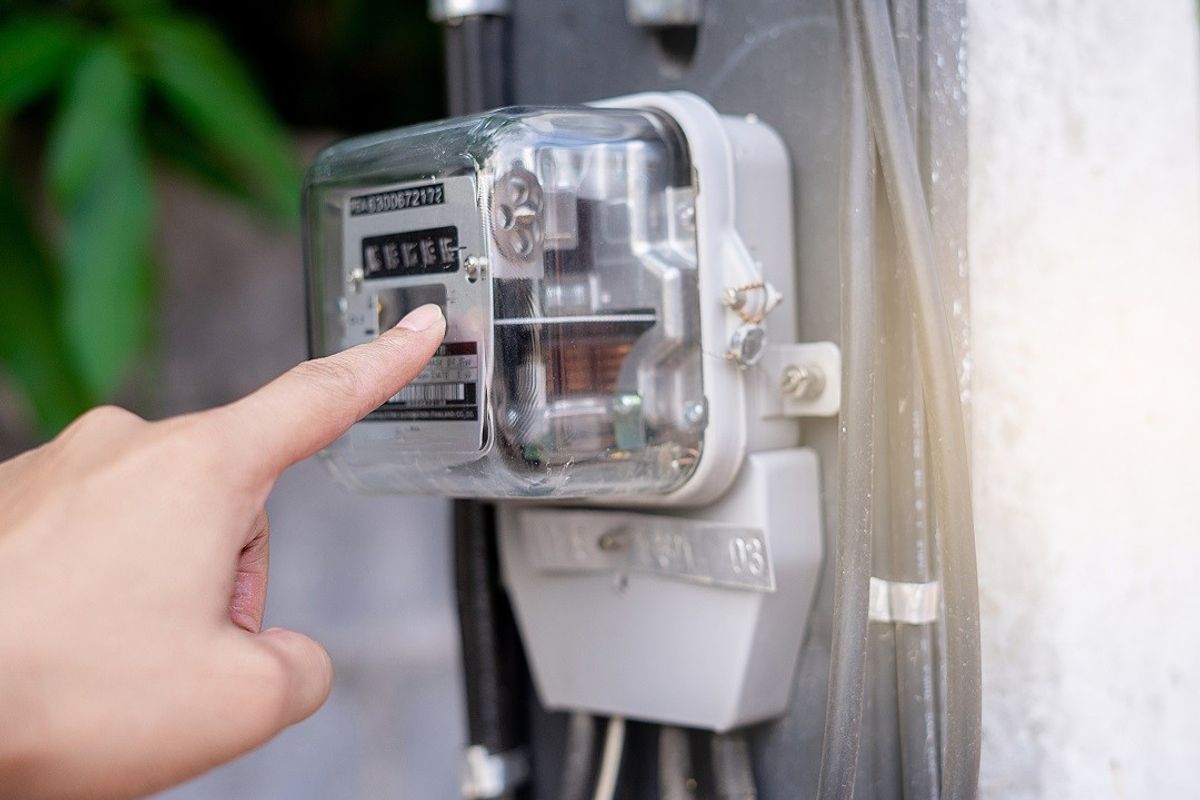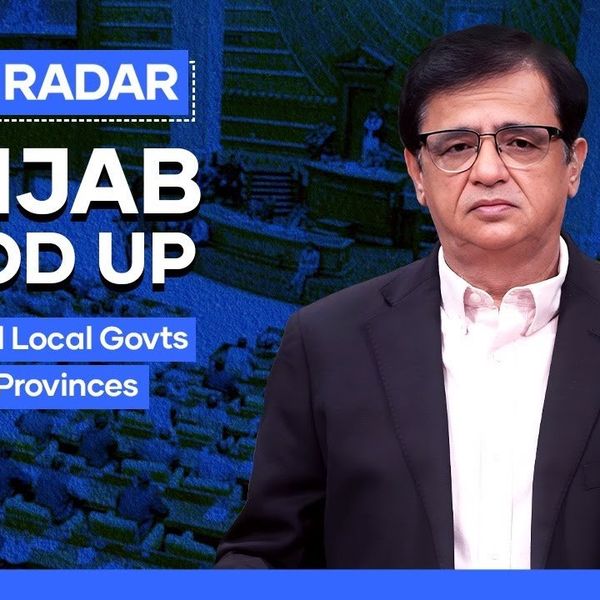Pakistan government challenges K-Electric’s approved tariffs, citing unfair costs and excessive profits
Petition claims NEPRA-approved rates could cost treasury PKR 390 billion over 7 years
Business Desk
The Business Desk tracks economic trends, market movements, and business developments, offering analysis of both local and global financial news.

Pakistani government has called on the National Electric Power Regulatory Authority (NEPRA) to reconsider its recent approval of K-Electric’s (KE) multi-year tariff, arguing that the decision grants the power utility excessive advantages at the expense of consumers and national finances.
In a formal review petition, the government raised objections to multiple provisions in the approved tariff structure, which will remain in effect from fiscal year 2024–25 through 2030. Officials estimate that the current terms could impose an additional fiscal burden of PKR 360–390 billion over the next seven years.
Key Concerns in the Government’s Petition
One major issue is the discrepancy in fuel costs. NEPRA set KE’s fuel-cost rate at PKR 15.99 per kilowatt-hour (kWh), significantly higher than the rates at which other utilities purchase power from the national grid. This difference is expected to shift an extra PKR 28 billion in FY 2024 and PKR 13 billion in FY 2025 onto the federal budget rather than KE’s customers.
Another point of contention is the inclusion of “recovery losses” in KE’s tariff, despite the company’s own records indicating better-than-approved recovery rates. No other utility in Pakistan has been granted this concession, which is projected to add PKR 36 billion in FY 2024 and over PKR 200 billion cumulatively over the seven-year tariff period.
The government also criticized NEPRA’s approval of a 24% markup on KE’s working capital—far higher than previous tariffs and those of other power distributors. This adjustment will increase KE’s allowable revenue by PKR 2.4 billion in FY 2024 and approximately PKR 15 billion over the control period.
Additionally, while KE had proposed a 13.46% distribution loss target, NEPRA set it at 13.90%, allowing the utility to pass an extra PKR 3.1 billion in FY 2024 (rising to PKR 21 billion over seven years) onto consumers.
A unique 2% security cost margin granted exclusively to KE has also drawn criticism, particularly since no other utility—including those operating in more volatile regions—receives such an allowance. This provision adds PKR 14 billion in FY 2024 and up to PKR 99 billion over the tariff period.
The government further highlighted NEPRA’s approval of capacity payments for several underutilized KE power plants, even though the company sources cheaper electricity from the national grid. This arrangement could cost the government PKR 12.7 billion in FY 2025 and PKR 82.5 billion cumulatively.
Another concern is KE’s disproportionately high return on equity (RoE). The company was granted a 12% RoE in U.S. dollars (approximately 24.46% in rupee terms), compared to the 15% RoE in rupees given to other utilities like NTDC. This discrepancy is estimated to cost consumers PKR 4 billion in FY 2024 and PKR 37 billion over the control period.
Government’s Position: Fairness and Fiscal Responsibility
The government argues that NEPRA’s decision creates an uneven playing field, inflates consumer bills, and places unnecessary strain on public finances. Key demands include uniform treatment for all utilities, the elimination of KE’s exclusive benefits, and regulatory adjustments to ensure tariffs reflect actual costs and reasonable profits.
Broader Implications
If unchanged, the approved tariff structure will lead to higher electricity bills for Karachi residents compared to consumers in other regions. It will also force the federal government to absorb billions in extra subsidies due to inflated fuel costs and payments to idle plants. Critics warn that such preferential treatment distorts the energy market, discourages efficiency, and undermines fair competition in Pakistan’s power sector.










Comments
See what people are discussing